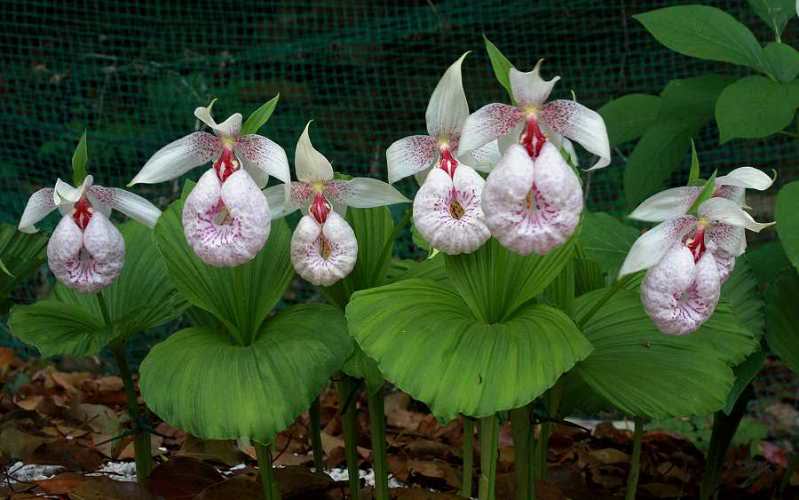Cart 0 Product Products (empty)
No products
Free shipping! Shipping
0,00 € Tax
0,00 € Total
Product successfully added to your shopping cart
Quantity
Total
There are 0 items in your cart. There is 1 item in your cart.
Total products
Total shipping Free shipping!
Tax 0,00 €
Total
-

Hyacinth Orchid 4 Pack - Bletilla Garden
Of all of the hardy orchids for sale,...
49,75 € -10% 55,28 €
Categories
New products
-

Dacylorhiza purpurella - Vitro seedlings (50 pieces)
The in vitro seedlings from our laboratory are a healthy starting...
70,75 € -

Bletilla ochracea ‘Rickey’
Bletilla ochracea is native to south-central China and Vietnam. In...
14,06 €
FAQ
Avez vous besoin d'aide ? Consultez notre page dédiée aux FAQ.
Cypripedium formosanum: the most precocious garden orchid…
Published : 02/13/2017 13:31:52
Categories : Lady's Slipper , Novelties


